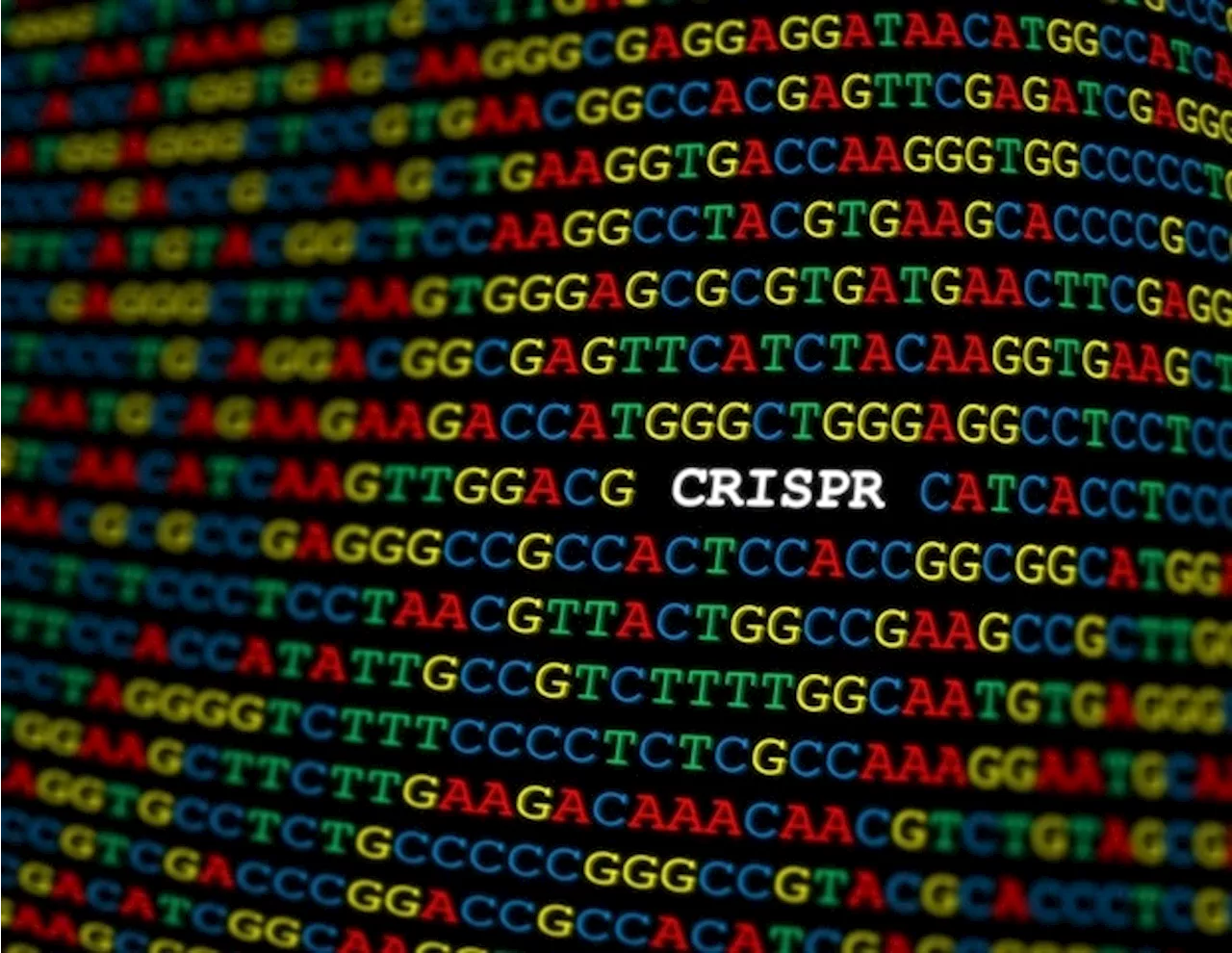CRISPR-Cas systems, defense systems in bacteria, have become a plentiful source of technologies for molecular diagnostics.
Helmholtz Centre for Infection Research Jul 17 2024 Research ers at the Helmholtz Institute for RNA-based Infection Research in Würzburg have expanded this extensive toolbox. Their novel method, called PUMA, enables the detection of RNA with Cas12 nucleases, which naturally target DNA . PUMA promises a wide range of applications and high accuracy. The team published its results in the journal Nature Communications.
The diagnostic platform LEOPARD, developed by Beisel's lab in cooperation with JMU in 2021, also leverages CRISPR as a technology. LEOPARD has the potential to detect a variety of disease-related biomarkers in just one test. The approach is based on reprogramming RNA factors, so-called tracrRNAs. Those RNAs are naturally involved in helping produce guide RNAs used by Cas9 and different Cas12 nucleases.
While both Cas9 and Cas12 cut DNA targets, Cas12 can increase the output signal by performing cuts on "collateral" DNA. This can make detection technologies more sensitive and, therefore, more efficient. Related StoriesPUMA elegantly addresses these challenges. Like LEOPARD, this new method also relies on tracrRNAs. "Using PUMA, we can reprogram the tracrRNAs. This allows us to decide which RNA biomarker becomes a guide RNA. This guide RNA, in turn, directs Cas12 to a DNA molecule that we provide and activates the gene scissors," explains the study's first author, Chunlei Jiao.
Gene RNA Bacteria Biomarker Cas9 Diagnostic Diagnostics DNA Genome Molecule Nuclease Research Ribonucleic Acid Synthetic Biology Technology
Nigeria Latest News, Nigeria Headlines
Similar News:You can also read news stories similar to this one that we have collected from other news sources.
 Antisense RNA acts as a cellular 'booster' for gene expression, study findsThe function of non-coding RNA in the cell has long been a mystery to researchers. Unlike coding RNA, non-coding RNA does not produce proteins – yet it exists in large quantities.
Antisense RNA acts as a cellular 'booster' for gene expression, study findsThe function of non-coding RNA in the cell has long been a mystery to researchers. Unlike coding RNA, non-coding RNA does not produce proteins – yet it exists in large quantities.
Read more »
 CRISPR-based genetic technique eradicates malaria mosquitoes with over 99% efficiencyScientists at the University of California have developed a precision-guided sterile insect technique to eliminate Anopheles gambiae mosquitoes, achieving over 99.5% male sterility and 99.9% female lethality, effectively suppressing malaria transmission.
CRISPR-based genetic technique eradicates malaria mosquitoes with over 99% efficiencyScientists at the University of California have developed a precision-guided sterile insect technique to eliminate Anopheles gambiae mosquitoes, achieving over 99.5% male sterility and 99.9% female lethality, effectively suppressing malaria transmission.
Read more »
 Study reveals significant differences in RNA editing between postmortem and living human brainResearchers from the Icahn School of Medicine at Mount Sinai have shed valuable light on the nuanced functions and intricate regulatory methods of RNA editing, a critical mechanism underlying brain development and disease.
Study reveals significant differences in RNA editing between postmortem and living human brainResearchers from the Icahn School of Medicine at Mount Sinai have shed valuable light on the nuanced functions and intricate regulatory methods of RNA editing, a critical mechanism underlying brain development and disease.
Read more »
 Destroying cancer-causing RNA could lead to bespoke treatments, say scientistsPeter Mac researchers have taken the first step towards designing rapid personalized cancer treatments by 'cutting out' disease-causing RNA.
Destroying cancer-causing RNA could lead to bespoke treatments, say scientistsPeter Mac researchers have taken the first step towards designing rapid personalized cancer treatments by 'cutting out' disease-causing RNA.
Read more »
 RNA splicing modulation as a precision approach for neuroendocrine cancer treatmentNeuroendocrine tumors, including small cell lung cancer and neuroendocrine prostate cancer, are very aggressive with high chances of spreading.
RNA splicing modulation as a precision approach for neuroendocrine cancer treatmentNeuroendocrine tumors, including small cell lung cancer and neuroendocrine prostate cancer, are very aggressive with high chances of spreading.
Read more »
 Key differences in RNA editing found between postmortem and living brainResearchers examined the adenosine-to-inosine (A-to-I) nucleoside editing of postmortem and live prefrontal cortical tissues.
Key differences in RNA editing found between postmortem and living brainResearchers examined the adenosine-to-inosine (A-to-I) nucleoside editing of postmortem and live prefrontal cortical tissues.
Read more »
